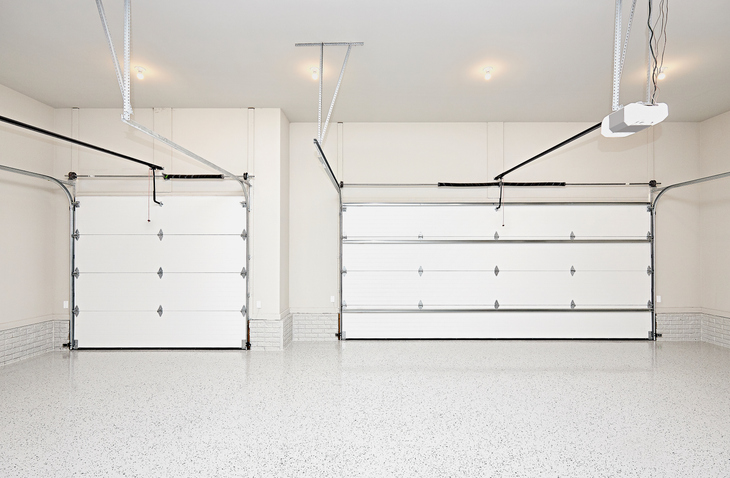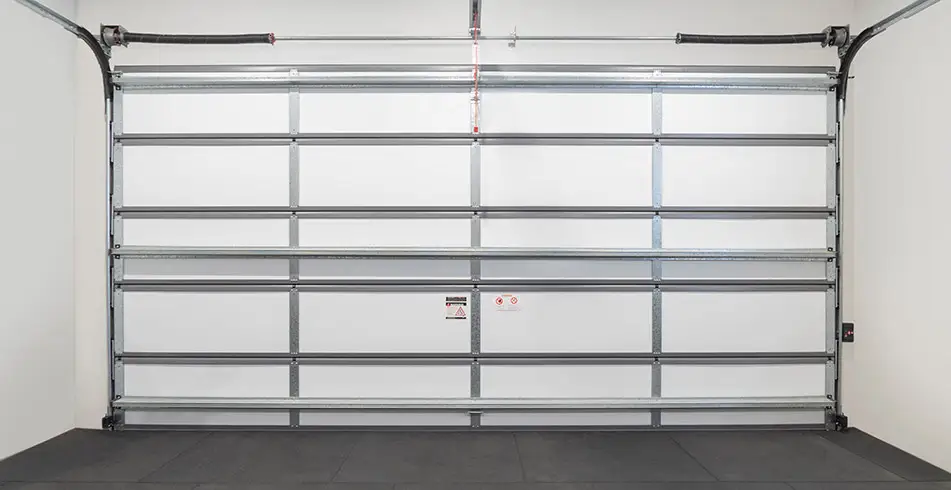Garage doors are a significant feature in many homes, providing security and convenience. The question, ‘how wide is a garage door panel’, is quite common among homeowners. Whether you are considering upgrading your garage door, doing maintenance, or replacing a damaged panel, understanding the right width is crucial for the proper fit and function of your door.

Introduction to Garage Door Panels
What is a Garage Door Panel?
A garage door panel is a section of the door that moves up and down along the tracks when the door is opened or closed. These panels are essential for the overall structural integrity of the door. They can be made from various materials, including steel, aluminum, wood, and fiberglass.
Typical garage doors consist of multiple panels connected by hinges. This design allows the door to bend as it opens and closes, making it suitable for various garage types.
Importance of Knowing the Width
Understanding the width of a garage door panel helps in several ways:
- Ensuring a perfect fit during replacement or installation.
- Calculating the total width of the garage door.
- Maintaining the aesthetic balance of your home’s facade.
Standard Widths for Garage Door Panels
Residential Garage Doors
Residential garage doors come in various standard widths. Some of the typical sizes include:
- Single-car garage doors: Usually range between 8 to 9 feet wide.
- Double-car garage doors: Typically range from 16 to 18 feet wide.
Single-Car Garage Door Panels
For single-car garage doors, the panels are generally narrower. Each panel can be approximately 18 to 21 inches wide, depending on the door’s total width. This calculation is crucial when looking to replace a single damaged panel.
Double-Car Garage Door Panels
Double-car garage doors are significantly wider. The panels in these doors range from about 21 to 24 inches each. A double-car garage door, spanning 16 feet, might have eight panels, each approximately 24 inches wide.
Non-Standard Widths
Custom Garage Doors
Some homeowners prefer custom garage doors that deviate from standard sizes. In such cases, the panel widths can vary based on the dimensions designed for the specific garage. Custom panels ensure a unique look and fit but may be more costly.
Materials and Their Impact on Panel Width
Steel Panels
Steel is a popular material for garage doors due to its durability and strength. Steel panels come in various widths, typically matching the standard size ranges. They are also available in insulated options, impacting the overall thickness but not necessarily the width.
Aluminum Panels
Aluminum panels are lighter than steel. These panels also conform to standard widths but are more commonly used for custom and non-standard garage doors due to their flexibility and lightweight properties.
Wood Panels
Wood panels offer a classic and aesthetic appeal. They can be custom-made to any width. However, standard wooden panels adhere to common measurements for ease of installation and replacement.
Measurement Techniques
Measuring an Existing Panel
To measure an existing garage door panel, follow these steps:
- Use a tape measure to determine the panel’s width from edge to edge.
- Measure multiple panels to ensure consistency.
- Note the height of the panels to match them accurately.
Measuring for a New Installation
For new installations, these steps apply:
- Determine the total width of the garage door opening.
- Divide the total width by the number of panels desired.
- Consider any overlapping designs or grooves that may impact the measurement.
Calculating the Total Door Width
To calculate the total width of your garage door:
- Add the widths of all panels together.
- Include any additional framework or trim around the panels.
- Ensure the total measurement fits within the garage door opening.
Installation and Replacement Tips
When installing or replacing garage door panels:
- Ensure the panels align correctly with the existing or new framework.
- Use appropriate tools and follow the manufacturer’s instructions.
- Consider professional installation for complex or custom designs.
Conclusion
In conclusion, understanding ‘how wide is a garage door panel’ is essential for homeowners looking to install, replace, or maintain their garage doors. Knowing the standard and non-standard widths helps ensure a proper fit, enhances the door’s functionality, and maintains the aesthetic appeal of your home.
For more on why your garage door is not functioning properly or the importance of regular garage door maintenance, visit our guides on Regular maintenance.
FAQs
What is the typical width of residential garage door panels?
The typical width of residential garage door panels ranges from 8 to 9 feet for single-car doors and 16 to 18 feet for double-car doors. Individual panel widths for single-car doors range from 18 to 21 inches, while double-car door panels range from 21 to 24 inches.
Can I install a custom-width garage door panel?
Yes, you can install custom-width garage door panels. Custom panels can be made to fit your specific garage dimensions, offering unique design and fitting options. However, they can be more expensive than standard panels.
How do I measure a garage door panel for replacement?
To measure a garage door panel for replacement, use a tape measure to determine the panel’s width from edge to edge. Measure multiple panels to ensure consistent dimensions, and don’t forget to note the height of the panels as well.
For detailed information on how to measure, you can refer to this guide from Liftmaster.
For more details on garage door troubleshooting and maintenance, check out Common problems and Programming guide.










